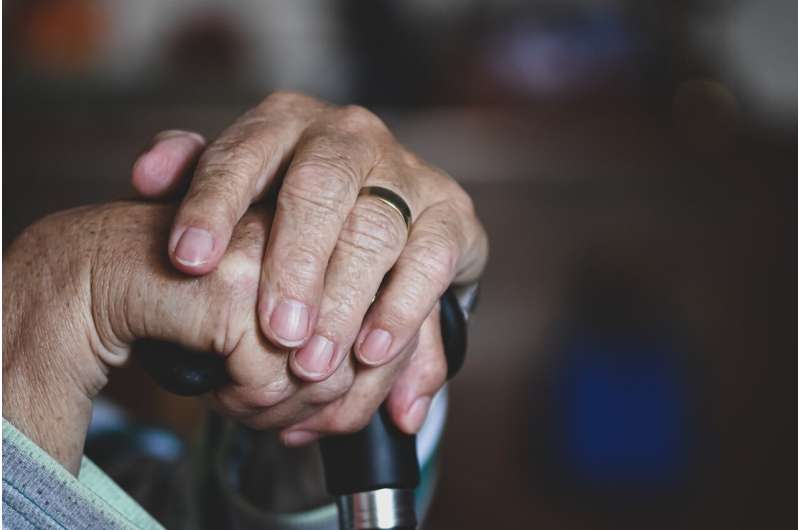continuous infusion esomeprazole

People with blood cancers living in rural areas are less likely to receive end-of-life hospice care compared to those living in metropolitan regions, according to a new study published today in Blood Advances.
In this study, coumadin and the brain researchers identified significant disparities in end-of-life care, finding that individuals living with hematologic malignancies in rural areas were more likely to die in a nursing facility and not in a hospice facility compared to those living in metropolitan regions. This research underscores that while outcomes in cancer care have dramatically improved over the last decade, advancements in end-of-life care in rural areas are not matching up to those of cities and suburbs.
Hospice care focuses on symptom management and comfort care over disease-altering therapies and can take place in a health care facility or a patient’s home. In hospice, one’s medical team administers treatments and therapies that prioritize pain management and the patient’s well-being rather than administering medication to prolong life.
“Hospice care is unique compared to the rest of medicine. It focuses on how you are feeling and what matters to you most at the end of your life,” said study author Syed Qasim Hussaini, MD, of Sidney Kimmel Comprehensive Cancer Center at Johns Hopkins University. “Hospice care use tends to be a marker of higher end-of-life care quality. So, we wanted to look at how many people were dying of cancer in a particular area and not receiving hospice care, because that indicates that they probably did not receive the best care possible.”
To conduct this research, authors analyzed data from the Centers for Disease Control and Prevention Wide-ranging Online Data for Epidemiological Research (CDC Wonder), a publicly available database containing more than 1 million death records from hematologic malignancies from 2003 to 2019, including sites of death, such as the home, a nursing home, hospice center, or hospital. They divided this data by geographical area, sorting it into three categories: large metropolitan areas, small and medium metropolitan areas, and rural areas.
They found that, compared to those living in rural areas, which accounts for roughly 15% of the U.S. population, those in metropolitan areas were more likely to die in a hospice facility than a medical facility. In 2019, 8.6% of deaths in rural areas occurred in hospice, while 12-18% occurred in hospice in metropolitan areas, depending on the size of the metropolitan area.
Dr. Hussaini explains that while outcomes in cancer care have dramatically improved, rural areas are not experiencing similar improvements in end-of-life care as metropolitan areas. He argues that this is likely primarily due to preexisting health disparities that disproportionately affect people in rural regions.
“Barriers to end-of-life care are especially prominent in rural areas,” said Dr. Hussaini. “In rural areas, it is more difficult to get adequate Medicaid and Medicare reimbursement. There are also high operational costs for running clinics, and there are not nearly as many facilities to go to. In an urban area, it might take 10–15 minutes to reach a patient, but it can sometimes take three hours in a rural area. Items like low broadband access for telehealth, staffing shortages, and ambulance availability all affect access to care as well.”
This study is limited in that researchers did not have demographics such as income and insurance type of the individuals in the study, and such factors may dictate access to medical resources.
The study authors also explored the policy implications of this research. Several government initiatives, like the Build Back Better Act, the Cancer Moonshot initiative, and the Connect for Health Act, could increase medical funding in rural areas, and a few have specific plans to do so for end-of-life care. Accumulating evidence to influence policy change is only possible with health systems research, said Dr. Hussaini.
Source: Read Full Article
